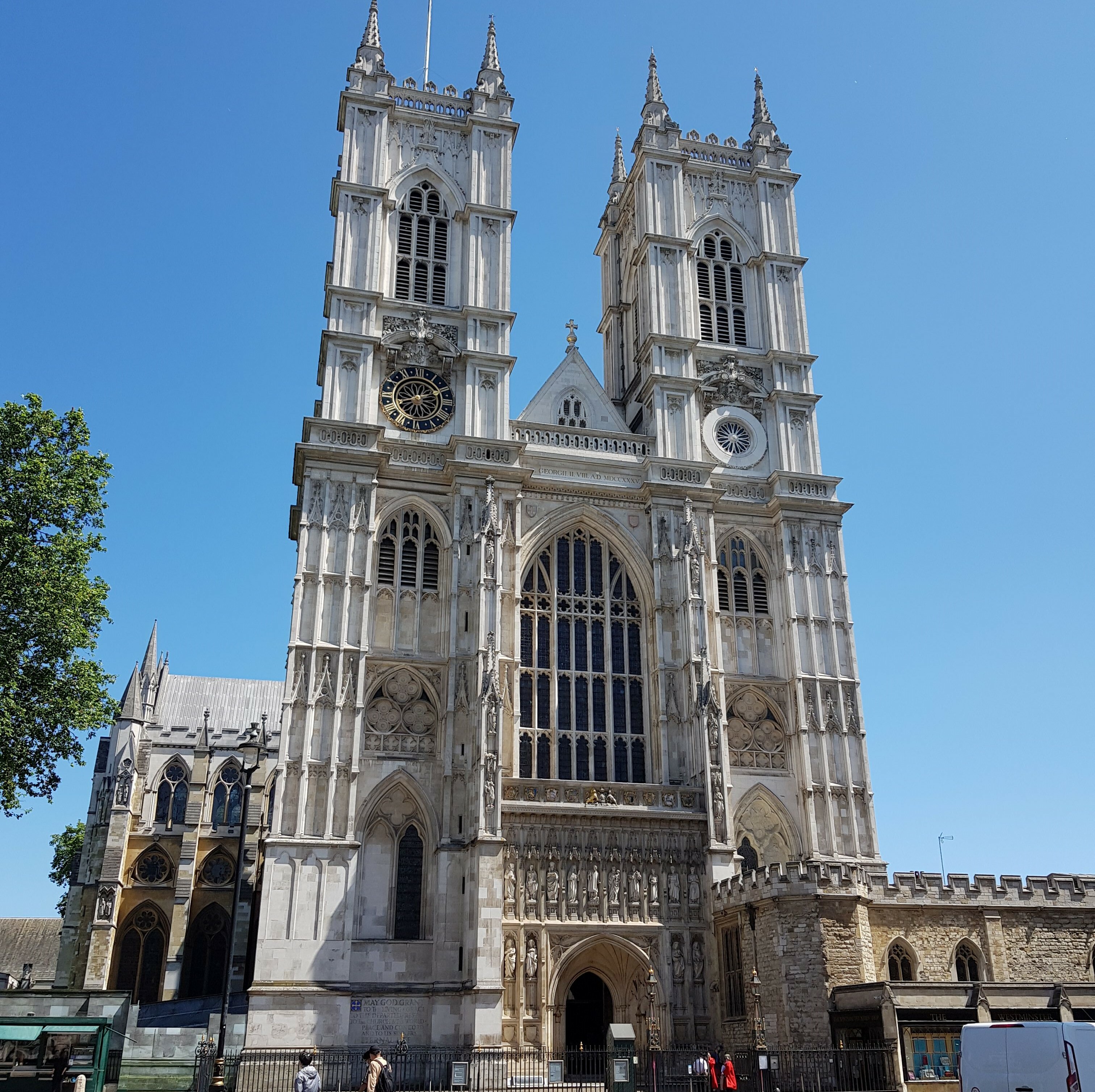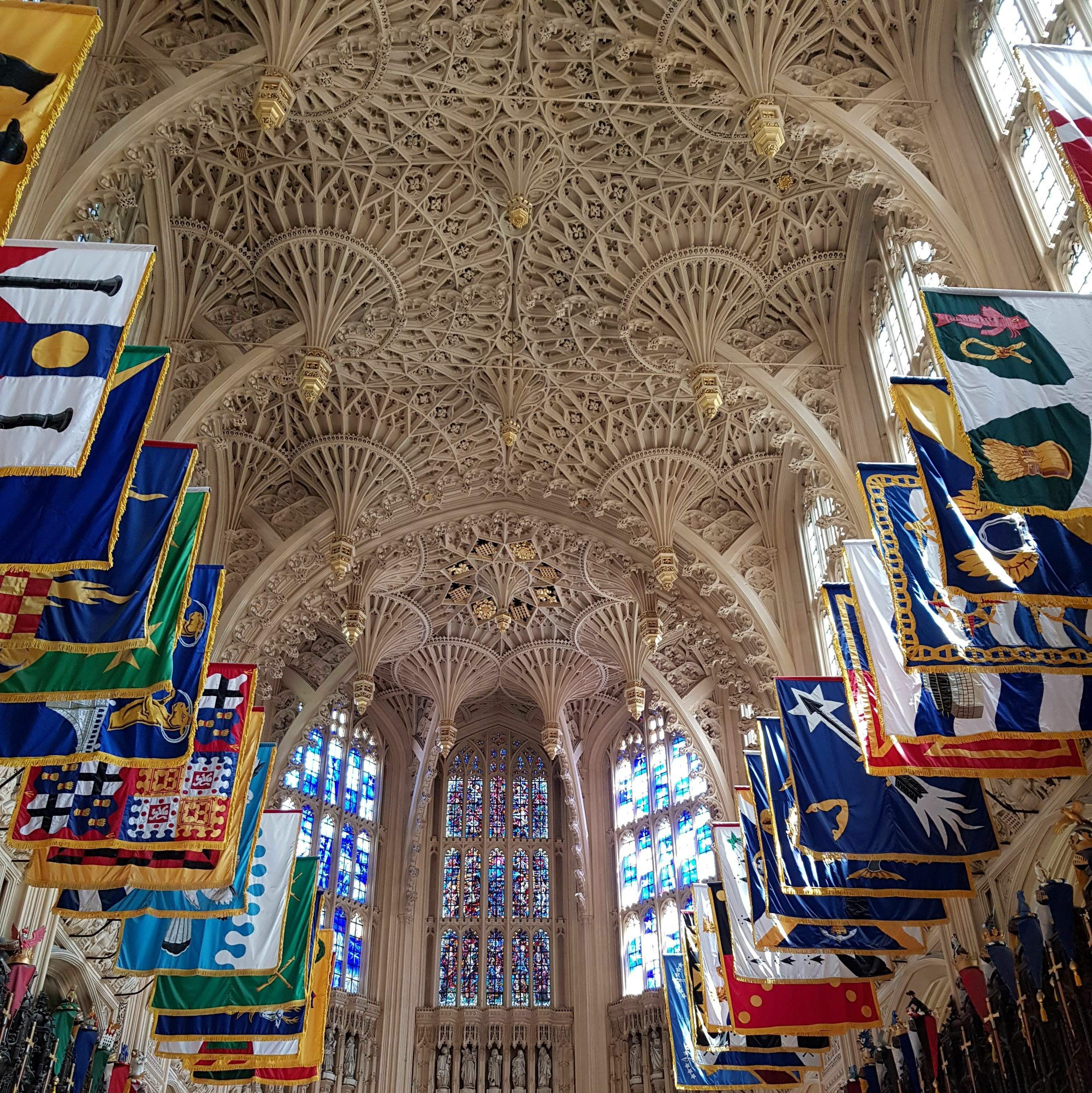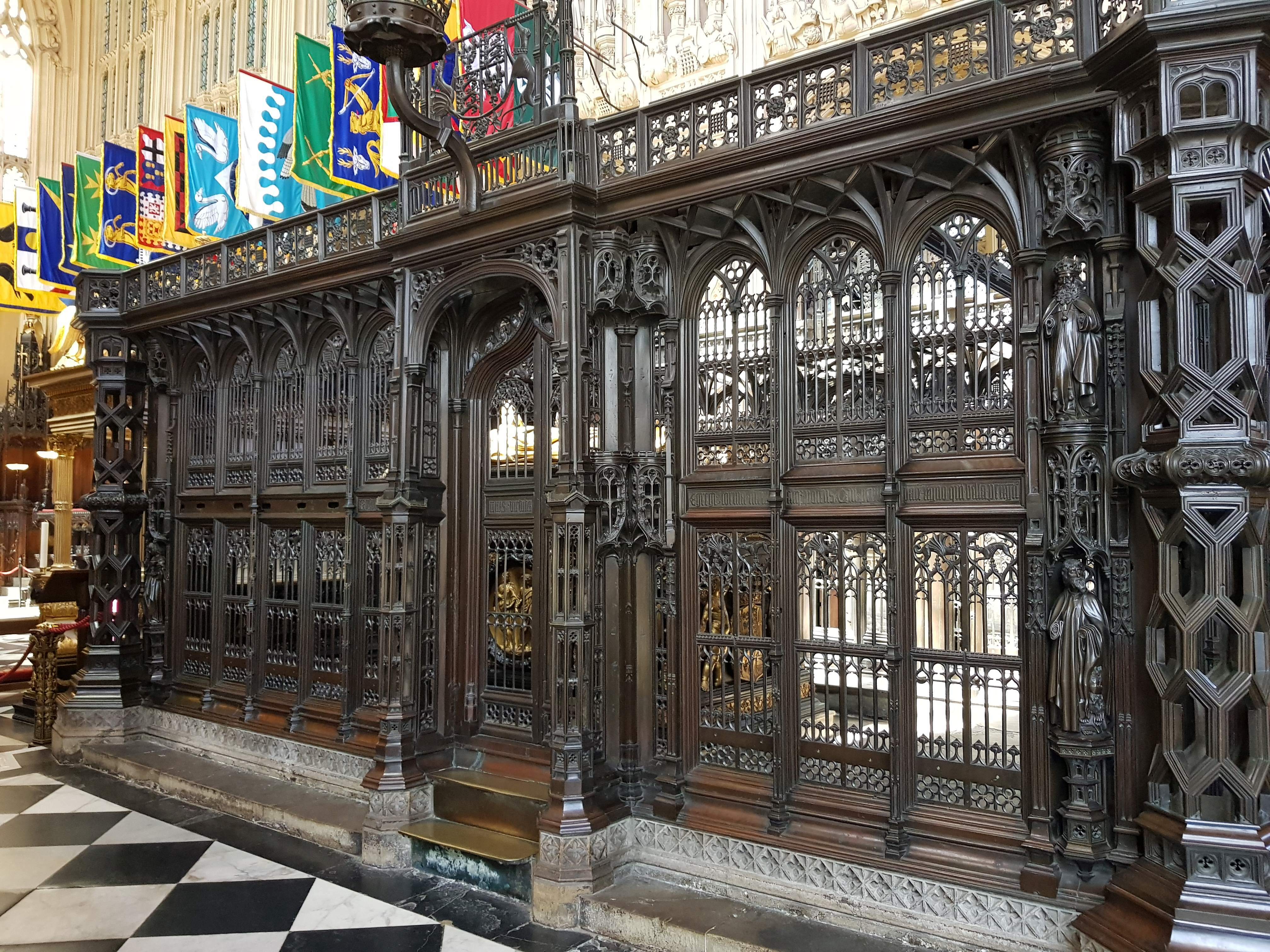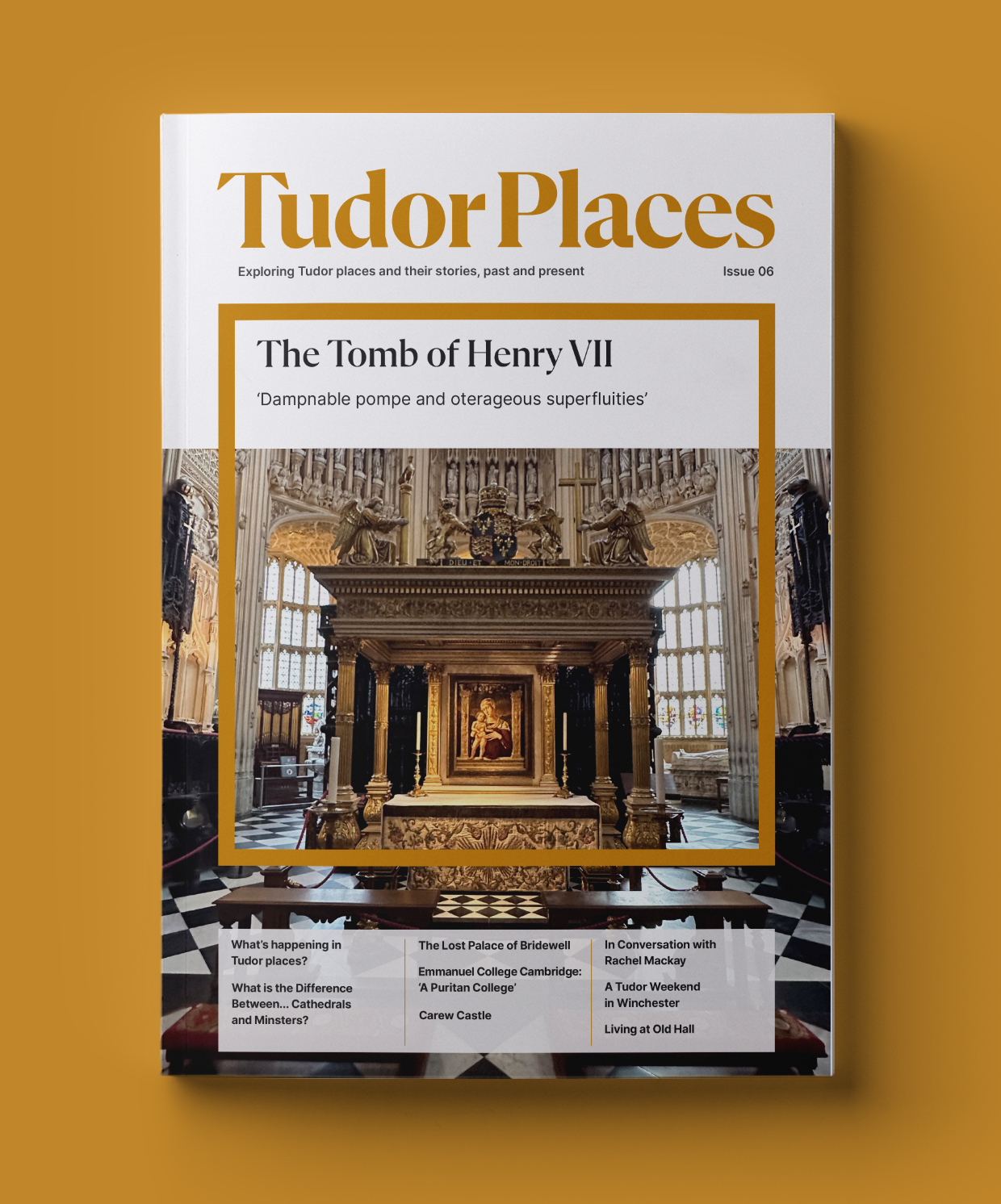
The site of more than 1,000 years of worship, the present Gothic church, with its spectacular nave, dates from the 13th century reign of Henry III.
The Abbey is a Royal Peculiar, a church under the direct jurisdiction of the monarch, rather than a bishop. Henry VIII retained a very small number of them following the Break with Rome. In 1560, Elizabeth I re-established its Royal Peculiar status and re-founded the Abbey as a Collegiate church.
Over the centuries Westminster Abbey has been a royal mausoleum and the stage for many momentous national events. All monarchs since William the Conqueror have been crowned at the Abbey and seventeen are buried here, along with 3,300 other royals, nobles and national figures. In addition to the five Tudor monarchs, the Tudor queen consorts, Elizabeth of York, Katharine of Aragon and Anne Boleyn were also crowned at the Abbey.

Henry VII commissioned the stunning Lady Chapel, with its glorious fan-vaulted ceiling, at the turn of the sixteenth century, as an appropriate resting place for his new royal dynasty. Its centrepiece is the magnificent tomb for him and his wife, Elizabeth of York, designed by Pietro Torrigiano, the Florentine Renaissance sculptor. Edward VI, Mary I and Elizabeth I are interred in the Lady Chapel too, as are Lady Margaret Beaufort and Mary, Queen of Scots. Anne of Cleves, the only one of Henry VIII’s wives to be buried at the Abbey, lies on the south side of the High Altar.

The roll call of Tudor nobles buried in the Abbey is long, and includes Frances Brandon, Duchess of Suffolk and her daughter, Lady Mary Grey; Margaret Douglas, Countess of Lennox; Henry Carey, Lord Hunsdon; Sir William Cecil, Lord Burghley’s wife (Mildred, Lady Burghley), son (Thomas, Earl of Exeter) and daughter (Anne, Countess of Oxford). The sixteenth century playwright, Ben Jonson, is the only person buried in an upright position in the Abbey – in Poets’ Corner. Later memorials to well-known Tudors include the life-size marble statue of William Shakespeare and the Navigators’ Memorial that commemorates Sir Francis Drake, along with Captain James Cook and Sir Francis Chichester.
Among the irreplaceable treasures on display in the Queen’s Diamond Jubilee Galleries, in the Abbey’s 13th century triforium, are Mary I’s funeral effigy, and the heads of Henry VII’s and Elizabeth of York’s funeral effigies, Elizabeth I’s reconstructed effigy and corset from her original funeral effigy, along with her “Essex” ring, and a prayer book belonging to Lady Margaret Beaufort.
See also: St Margaret's Church, Westminster Hall, Jewel Tower

Issue 06
The Tomb of Henry VII, The Lost Palace of Bridewell, Carew Castle, and Emmanuel College, Cambridge feature in Issue 06.
Image Credits: Tudor Places
